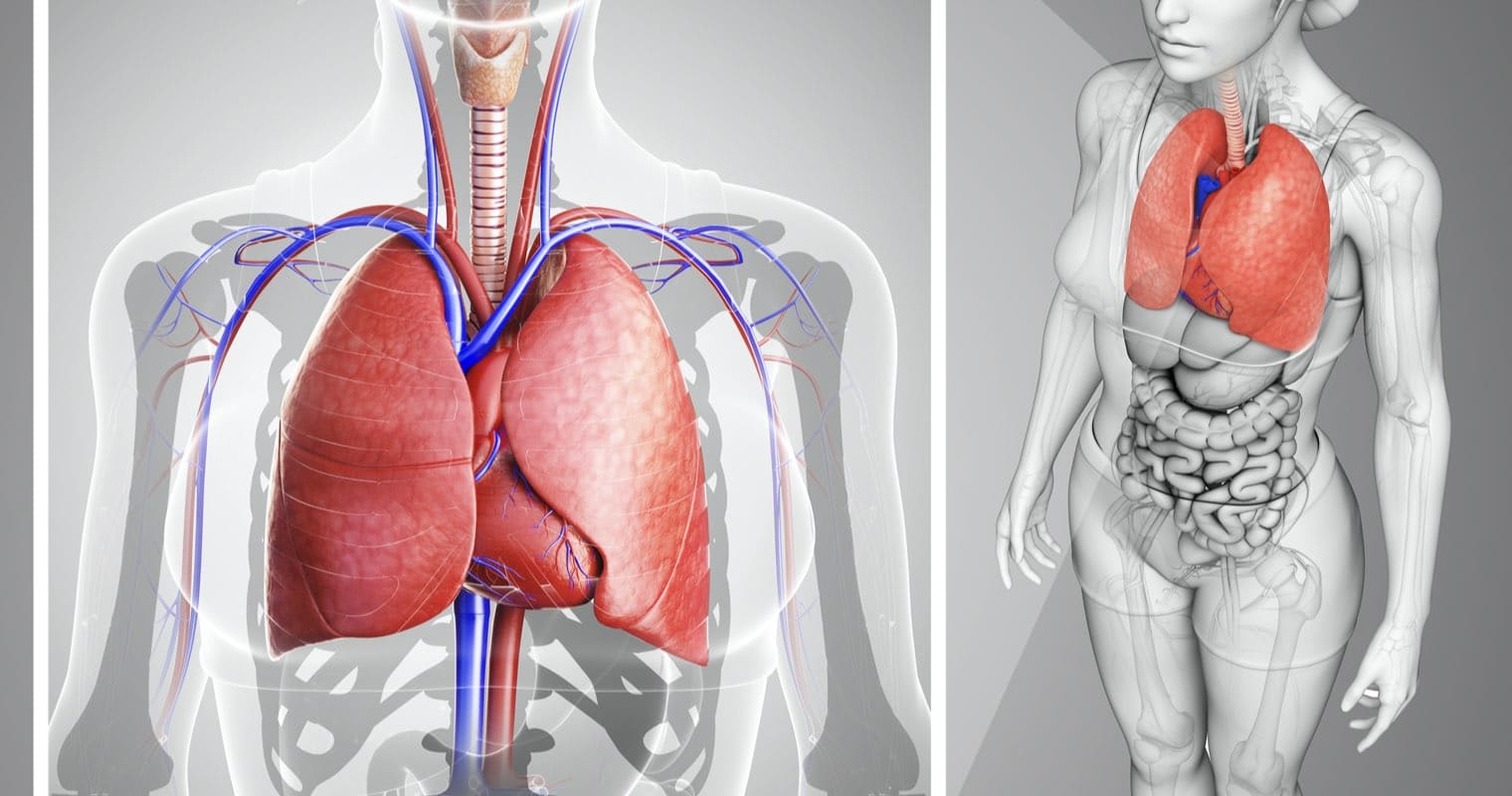What Is Turf Toe?
What Is Turf Toe? You may have heard the term “turf toe” in sports or fitness contexts, but do you know what it really means? In this article, you’ll learn everything you need to know about turf toe, its causes, symptoms, and treatments.
What Is Turf Toe?
Turf toe, also named a metatarsophalangeal joint sprain, is a painful injury that occurs when the big toe is hyperextended or bent upward beyond its normal range of motion. This sprain affects the ligaments surrounding the metatarsophalangeal joint (MTP), which connects the base of the big toe to the foot.
The term “turf toe” originates from its frequent occurrence in athletes who play on artificial turf. It is estimated that about 45 percent of National Football League (NFL) players experience turf toe.
Although it is commonly associated with athletes, you don’t have to be a professional sports player to experience turf toe.
Causes of Turf Toe
Turf toe results from a forceful hyperextension of your big toe joint, causing damage to the ligaments and joint capsule surrounding it. This typically happens when your foot is planted on the ground, and your body weight drives your toe into an overextended position.
Athletes participating in sports like football, soccer, and rugby are more prone to turf toe due to the high impact and sudden movements involved.
Artificial turf surfaces can contribute to the development of turf toe. The reason is that these surfaces are harder and less shock-absorbent than natural grass, increasing the risk of hyperextension when your foot is planted.
Wearing flexible or unsupportive footwear can also increase your risk.
Turf Toe Symptoms
If you experience turf toe, you will likely feel pain at the base of your big toe, particularly when bending or pushing off with your foot. The area may become swollen, red, and tender to the touch. In some cases, you may also notice a limited range of motion in the affected joint.
And difficulty walking, running, or putting weight on the affected foot. It is crucial to pay attention to these symptoms, as ignoring them may lead to further complications.
Treating Turf Toe
Immediate Care
Once you suspect turf toe, it is essential to take immediate action to minimize its severity. The RICE (Rest, Ice, Compression, Elevation) method is a go-to strategy for many sports injuries, and turf toe is no exception.
Rest your foot and avoid putting weight on it. Apply ice for 15-20 minutes at a time, several times a day, to help reduce swelling. Compress the area gently using an elastic bandage, and elevate your foot above heart level to aid in decreasing inflammation.
Medical Intervention
If your symptoms persist or worsen, it is crucial to consult a healthcare professional. A doctor will examine your foot, assess your symptoms, and may order imaging tests like X-rays or MRI to confirm the diagnosis of turf toe.
Based on the severity of your injury, they may recommend additional treatment options, such as:
- Physical therapy to regain strength and mobility
- Anti-inflammatory medications to alleviate pain and swelling
- Supportive footwear or orthotic inserts to provide stability
- In severe cases, immobilization using a walking boot or cast
Prevention
To lower your risk of turf toe, you can implement a few preventive measures. Choose footwear that offers adequate support, particularly in the forefoot region. If you play sports on artificial turf, consider wearing shoes specifically designed for this surface.
Additionally, engage in regular stretching and strengthening exercises to maintain flexibility and muscle strength around your big toe joint.






